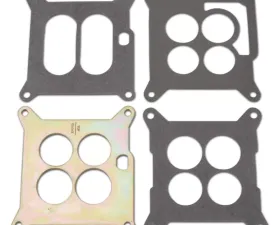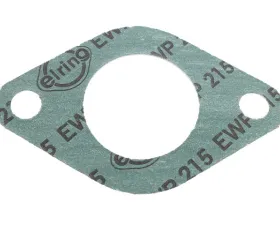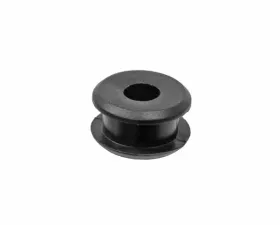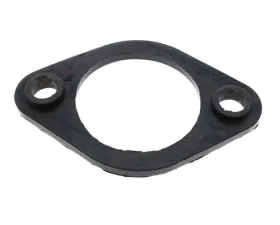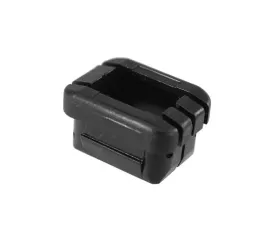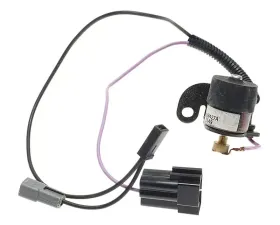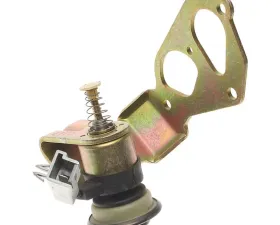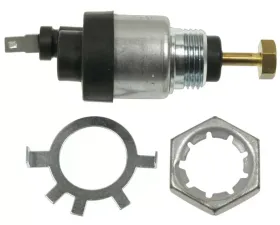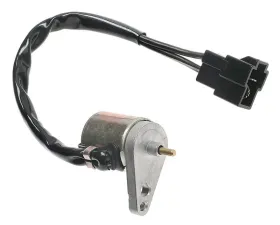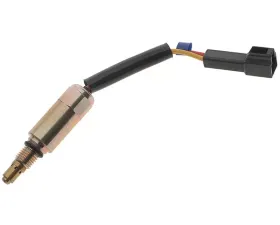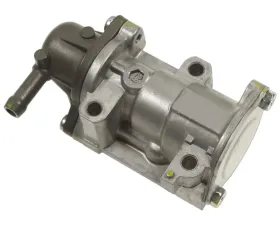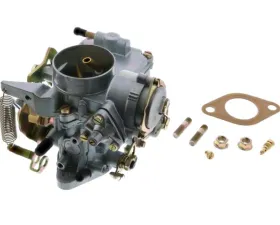Carburetors
Edelbrock Bracket Auto Trans Tv Cable Geometry Corrector for Edelbrock Carburetors
Unlock Your Engine's Potential with High-Performance Carburetors
h2>Why Choose Vivid Racing for Your Engine Parts?When it comes to enhancing your vehicle's performance, the right engine parts can make all the difference. At Vivid Racing, we specialize in high-performance products that elevate your driving experience. Our extensive selection of carburetors includes renowned brands such as Holley, Edelbrock, and Quick Fuel Technology, ensuring you have access to top-tier components that are designed for power and efficiency.
The Importance of Performance Carburetors
Performance carburetors are essential for any serious automotive enthusiast looking to maximize their engine's potential. These components are engineered to optimize air-fuel mixtures, resulting in improved throttle response, increased horsepower, and enhanced fuel efficiency. If you're aiming for that extra edge on the track or simply want a more exhilarating ride, investing in a performance carburetor is a wise decision.
Features and Benefits of Installing a Performance Carburetor
One of the standout features of performance carburetors is their ability to deliver precise fuel metering under a variety of driving conditions. This ensures that your engine receives the exact amount of fuel it needs for optimal combustion, leading to smoother acceleration and better overall performance. Additionally, many performance carburetors come equipped with adjustable jets and tuning capabilities, allowing you to fine-tune your setup for specific applications or driving styles.
Another key benefit is the weight savings and compact design that many aftermarket carburetors offer. This can lead to improved handling and responsiveness, particularly in racing scenarios where every ounce counts. Furthermore, performance carburetors often have enhanced durability and heat resistance, meaning they can withstand the rigors of high-performance applications without compromising reliability.
Why Vivid Racing Stands Out
At Vivid Racing, we pride ourselves on providing not just products, but solutions tailored to your automotive needs. Our expert team is dedicated to helping you select the right carburetor for your vehicle, ensuring compatibility and performance. With a commitment to quality and customer satisfaction, Vivid Racing is your go-to destination for high-performance carburetors and engine parts. Elevate your ride today and experience the difference that premium components can make!
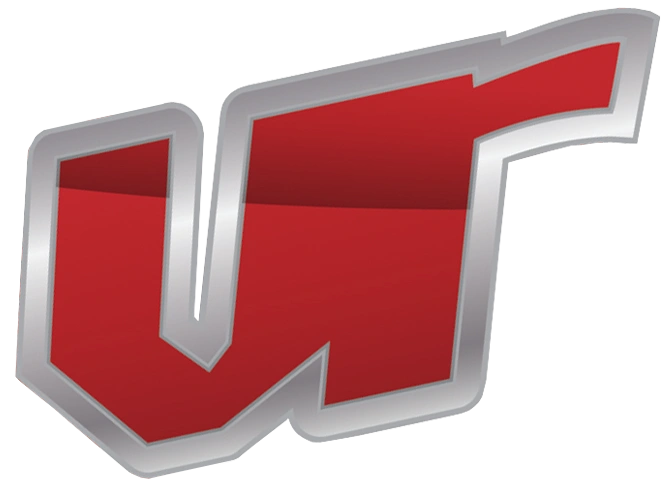
.jpeg?q=90&p=thumb&w=200&h=200)
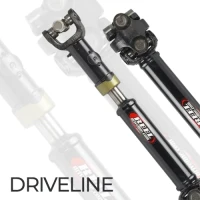
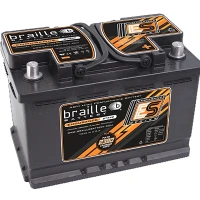
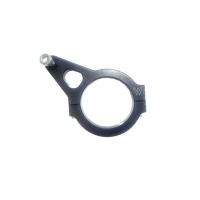
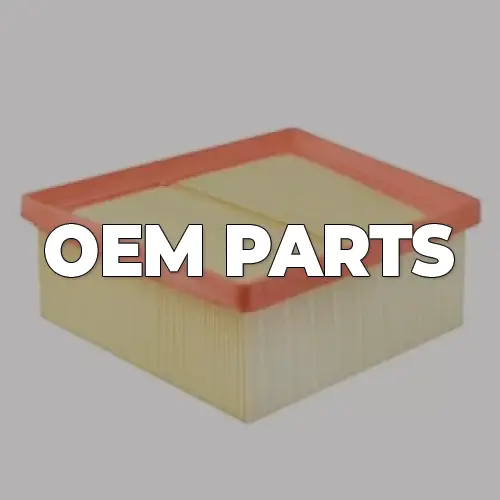

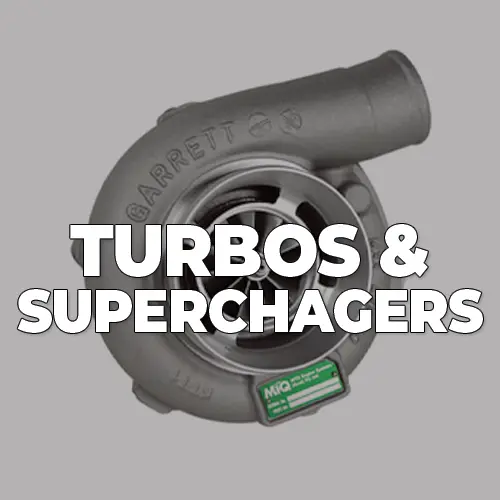

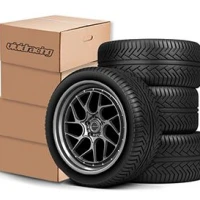

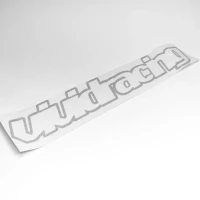
.jpeg?q=90&p=thumb&w=40&h=40) Brakes
Brakes  Driveline
Driveline  Electronics
Electronics  Handlebars & Controls
Handlebars & Controls  Package Deals
Package Deals  Wheel Accessories
Wheel Accessories  Wheels by Vehicle
Wheels by Vehicle  Universal & Repair
Universal & Repair  Vivid Racing Gear
Vivid Racing Gear 


